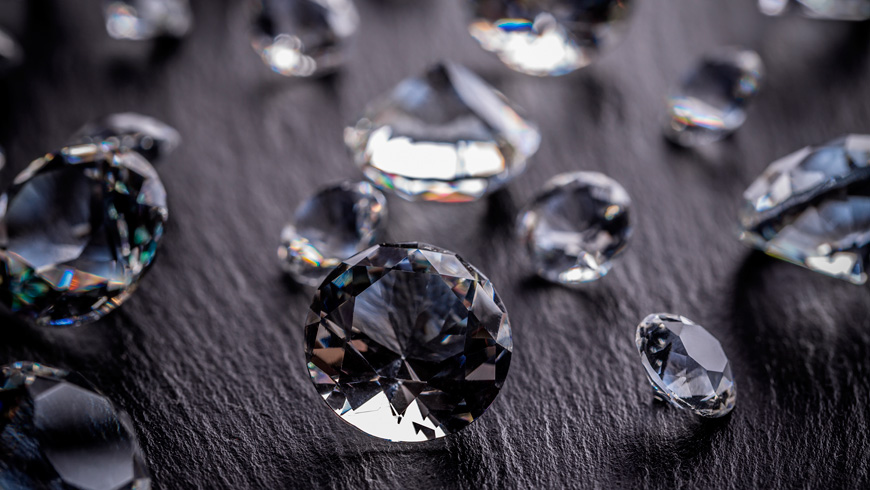Diamond Carat Weight
A carat is a unit of mass used to measure gemstones and is equal to 200 milligrams. The term “carat” came from the word “carob”, a bean that was used to measure the weight of gemstones by ancient tradesman.
Much like knowing weight of a person won’t tell you much about them without knowing their height, carat weight is a poor representation of the diamond’s size. In order to get a better understanding of how large the diamond is, consider looking at the size of the diamond table in millimeters and the diamond’s cut grade which can be found in the GIA grading report.
The reason behind measuring the table of the diamond is simple: when the diamond is set in a ring or a piece of jewelry, which is what you will see. The larger the table, the bigger the stone will appear.
Looking at the diamond cut grade will give you information concerning the brilliance of the diamond. A cut that is too shallow will cause the light to escape from the sides of the diamond causing poor brilliance. When a diamond is well cut, the diamond will appear larger due to the light reflected from the top of the stone.
It is possible to have a diamond of lower carat weight that will appear larger than a stone with a larger carat weight due to the way it is cut.
Although price depends on carat weight, it is the last criteria that you should concentrate on when choosing a stone. Prices vary dramatically between stones that are 1 c vs. a stone that is 0.95 c but the visual difference is almost impracticable to the untrained eye.
Some other things to consider when choosing a carat weight of your diamond:
- If carat weight is important and you are on a budget, consider lower clarity and color grades set in rose or yellow gold. Lower clarity and slight color will bring down the price of the diamond while yellow or rose gold setting will make it almost impossible to detect lower quality.
- Prices increase at half and full carat increments. Consider an odd number in the carat weight. As mentioned previously a 0.95 c diamond is going to cost significantly less than a 1.0 c diamond with no perceivable difference when set.
- Consider the setting. If you chose the setting first, beware that it may not fit the stone. We recommend choosing a few settings after you pick your diamond to insure that the size and shape of the diamond will fit the ring.

